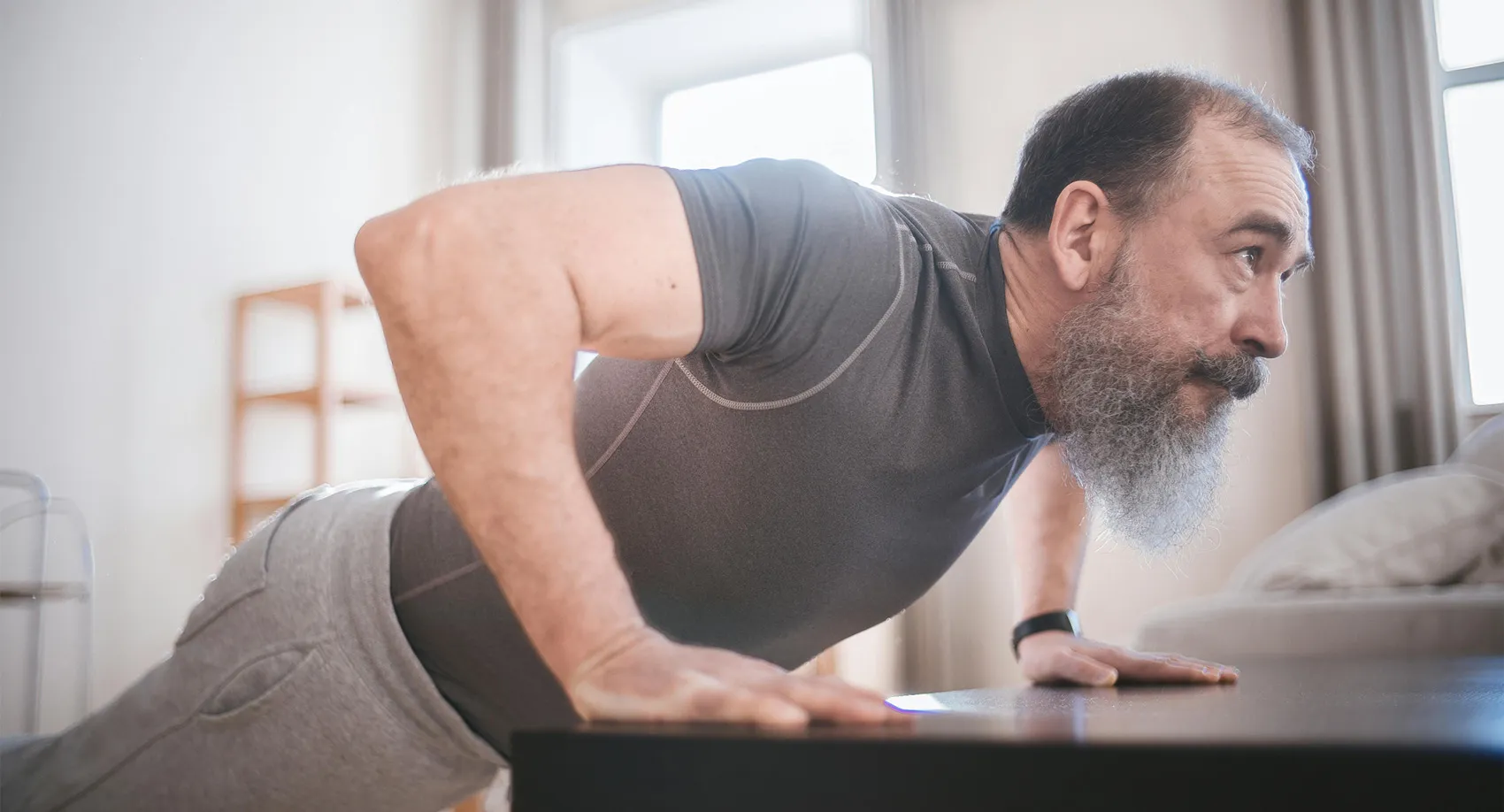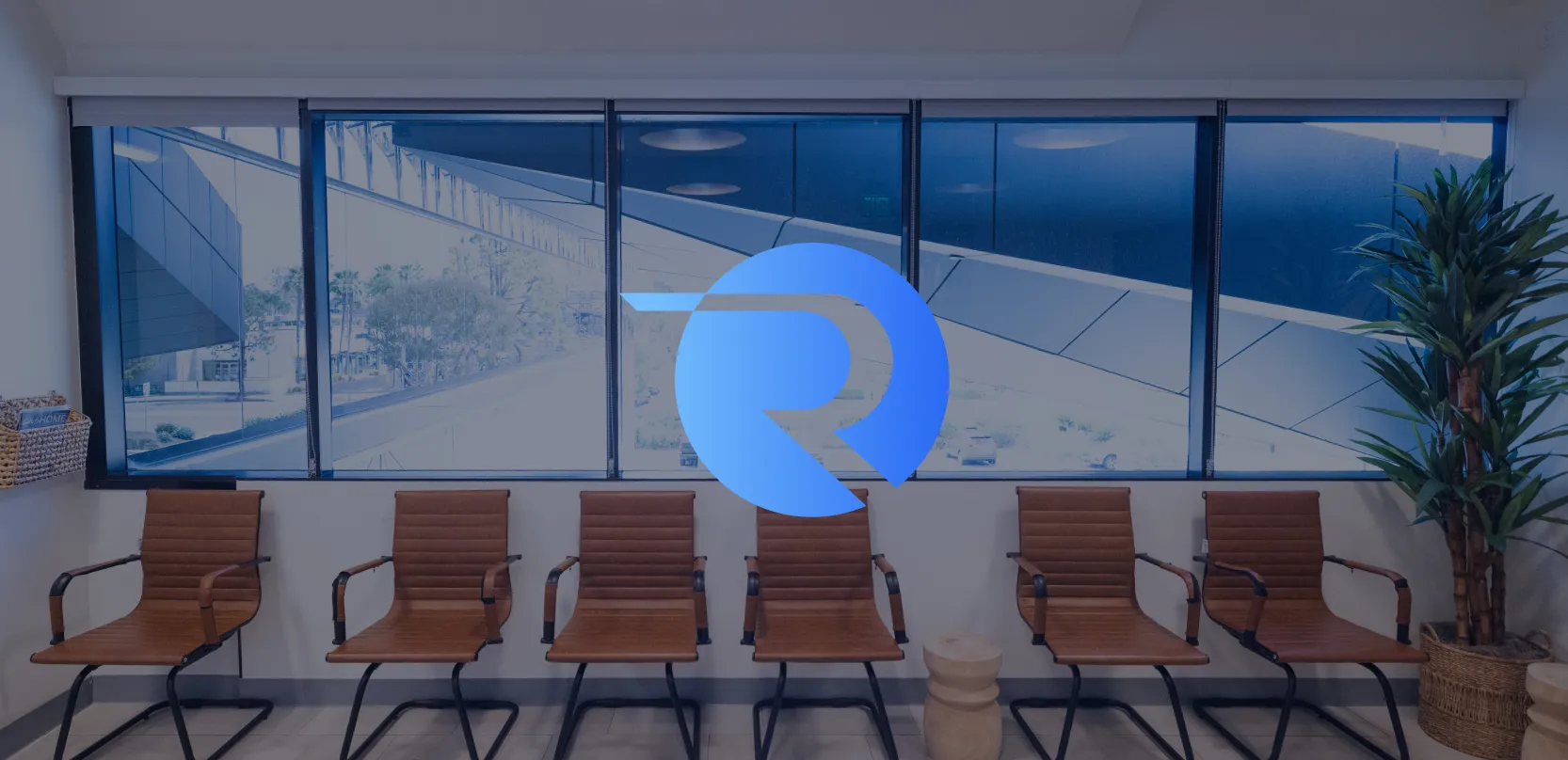Chronic pain affects approximately 50 million Americans. That's about 20% of the U.S. population struggling with persistent discomfort from chronic pain conditions that traditional treatments often fail to resolve, including arthritis, sports injuries, diabetic neuropathy, phantom limb sensations, and fibromyalgia.
While many conventional approaches simply mask symptoms, orthobiologics for pain relief represent a fundamental shift in pain medicine by harnessing the body's own healing mechanisms. This innovative therapy uses platelets, stem cells, and growth factors to repair damaged tissues and reduce inflammation at its source. This revolutionary approach stands at the intersection of cutting-edge science and personalized care, offering hope to those who thought they might have to live with pain forever.
Read on to learn more about the use of orthobiologics for treating pain and regenerative therapy, and where to find the best pain management specialists in Los Angeles.
What Are Orthobiologics?
Orthobiologics are platelets, growth factors, and stem cells that work to speed up recovery in damaged bones, joints, muscles, and other soft tissues. Unlike traditional pain medications that simply mask symptoms, these powerful biological materials actively repair tissue at the cellular level. They're either harvested from your own body, either from blood or bone marrow, or obtained from carefully screened donor sources. They are then injected into injured areas where they stimulate your body's repair mechanisms.
Harnessing these cutting-edge biologic therapies to target the actual source of your pain can help you avoid resorting to surgery or long-term pain medication use. This is particularly helpful for those who prefer not to take muscle relaxers or nonsteroidal anti-inflammatory drugs (NSAIDS) for long periods of time.
What Types of Chronic Pain and Medical Conditions Can Orthobiologics Help With?
Orthobiologics can help reduce inflammation and support cartilage repair for a wide range of painful musculoskeletal conditions that might otherwise require surgery or long-term medication, including:
- Joint pain in the knees, shoulders, and hips
- Spine conditions such as herniated discs or facet joint arthritis
- Sports injuries, including tennis elbow, Achilles tendonitis, or ligament damage
- Early stages of osteoarthritis
Regenerative therapy, like orthobiologics, can help preserve joint function, potentially delaying or even eliminating the need for joint replacement surgery.
How Do PRP and Stem Cell Therapies Work for Pain Relief and Regenerative Therapy?
Platelet-rich plasma (PRP) and stem cell therapies represent two powerful forms of orthobiologics that harness your body's natural healing abilities. They each work in slightly different ways:
- PRP therapy begins with a simple blood draw from your arm. After processing this blood in a centrifuge to concentrate the platelets — the cell fragments packed with growth factors and healing proteins — the PRP is injected into the injured area. These concentrated platelets release healing compounds that reduce inflammation while triggering and accelerating tissue repair.
- Stem cell therapy works by utilizing special cells typically harvested from your bone marrow or fat tissue. These remarkable cells possess a unique ability to transform into specialized cell types, including cartilage, bone, or tendon tissue; essentially becoming whatever your body needs for repair.
With either treatment, a precision-guided injection technique, often using ultrasound or fluoroscopic imaging, is used to ensure the regenerative therapy reaches exactly where it's needed most.
What to Expect During and After Orthobiologic Treatment for Pain Relief and Regenerative Therapy
Orthobiologic treatments are minimally invasive procedures designed for your comfort and convenience. During your appointment, which typically takes around one to two hours, a healthcare professional collects the biological material, such as blood for PRP or bone marrow for stem cell therapy, before processing it into its therapeutic form.
The actual injection procedure uses advanced image-guided technology, such as ultrasound or fluoroscopy, to ensure precise placement of these healing substances in the part of the body where your pain originates or where healing is necessary. You'll remain awake during treatment and feel only mild discomfort similar to a standard injection.
After treatment, you can expect to return home the same day with minimal restrictions. While you might experience some soreness or mild swelling at the injection site for one to three days, most patients resume normal daily activities within a few days. The healing benefits develop gradually as your body responds to the treatment, with noticeable improvements typically beginning within two to four weeks and continuing for several months.
A Future Beyond Pain: Finding the Best Pain Management Specialists in Los Angeles
Pain doesn’t have to define your life, and at Remedy Health, we refuse to let it. We take a proactive, whole-body approach to pain management that fuses regenerative medicine with performance optimization and longevity science.
Led by Dr. Akash Bajaj, a triple-board-certified pain and longevity expert, our care goes far beyond symptom relief; we target the root causes of dysfunction to promote true healing. From advanced non-surgical orthopedics to hormone balancing and inflammation reduction, we offer science-backed solutions designed to restore movement, improve quality of life, and help you feel your strongest, most energized self.
Ready to unlock your body’s potential to heal and thrive with help from the best regenerative medicine doctor in Los Angeles?







